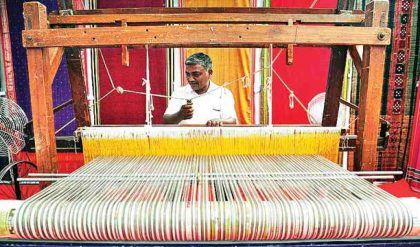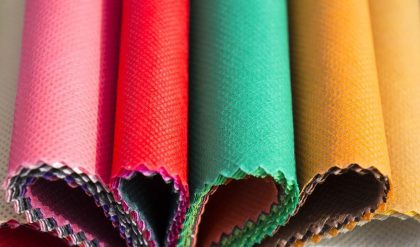Polyester is a synthetic fiber invented in 1941. The first polyester fiber is known as ‘Dacron’ in America and ‘Terylene’ in Britain. Later various types of polyesters are produced. Terylene fiber is made by synthesizing terephthalic acid and ethylene glycol. The ground work for development of polyester fiber is done by W.H. Carothers.
Polyester fiber is the long chain polymer produced from elements derived from coal, air, water and petroleum. Polyester is a thermoplastic fiber and has good strength. It melts in flame and forms a grey hard non-crushable bead. It is an easy care fabric and can be easily washed. Polyester fiber looks like a smooth, glass rod similar to Nylon. If delustered it shows black spotted appearance.
The length, width, shape and luster of the polyester fibers are controlled during manufacture to suit a specific end use. It is mostly blended with other fibers to improve its absorbency and to lower static electricity.
Method of Manufacture
Generally each company produces its own variety of polyester through there are likely modifications under specific trademarks. Eg : PET (Principle raw material is ethylene diamine and terepthalic acid) obtained frpm petroleum and PCDT polyester.
Spinning of Fiber
The molten polymer is rigourously maintained at airtight condition, as oxygen will affect its stability. The viscous melt is extruded through spinneret, and the filaments are subsequently drawn into desired polyester fiber. Variations in production process depends on desired end results.

The holes of spinneret may be round or modified to be trilobal, pentagonal, hexagonal or octagonal shapes so as achieve specific effects such a greater cushioning and insulative properties. Other properties may be obtained with the aid of specific additives given to the spinning solution.
Upon extrusion of spinneret, the polyester filament does not have all the desired characteristics because of random arrangement of polymer molecules. The fibers are therefore drawn or elongated with the aid of godet wheels. The temperature conditions and the extent to which the fibers are drawn to 5 times their original length



